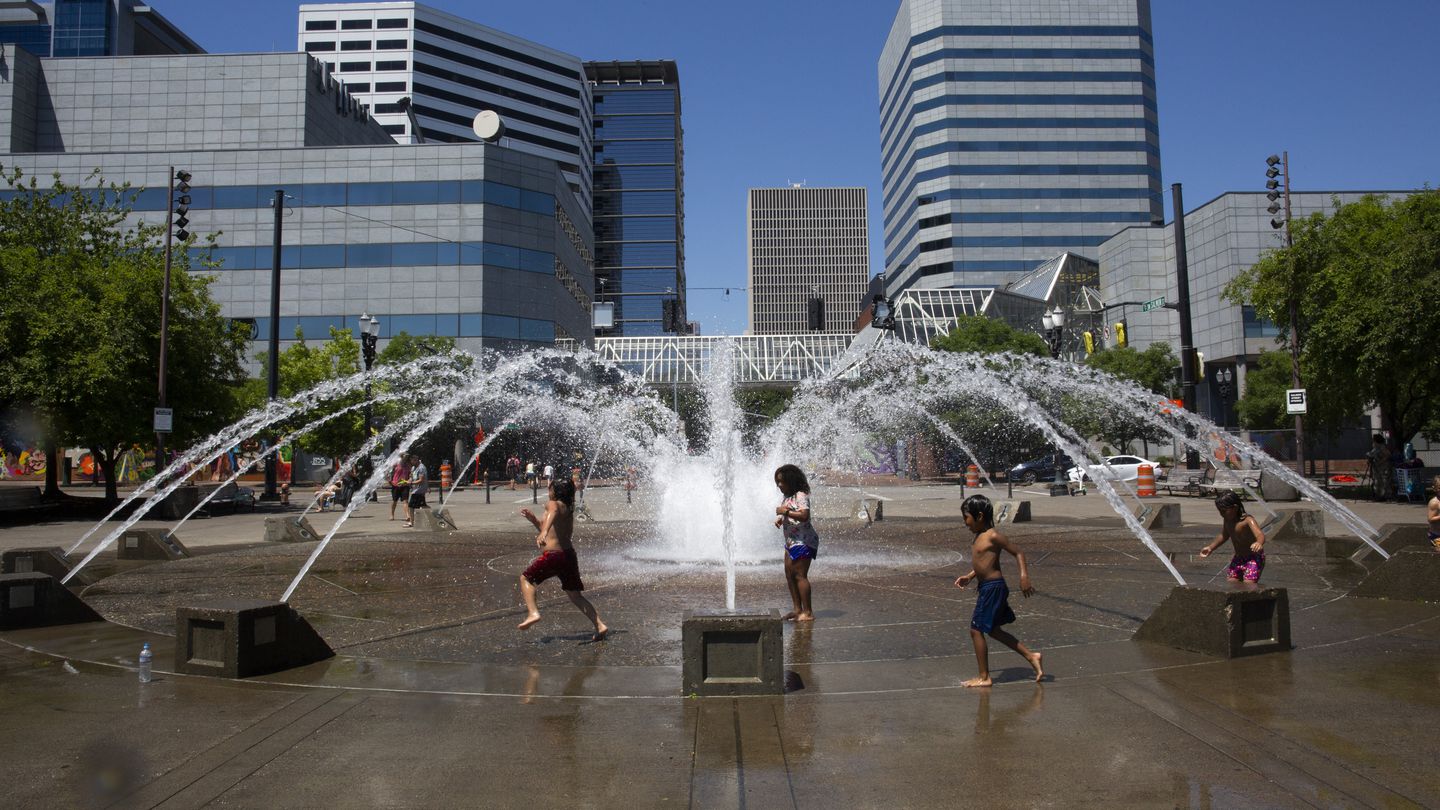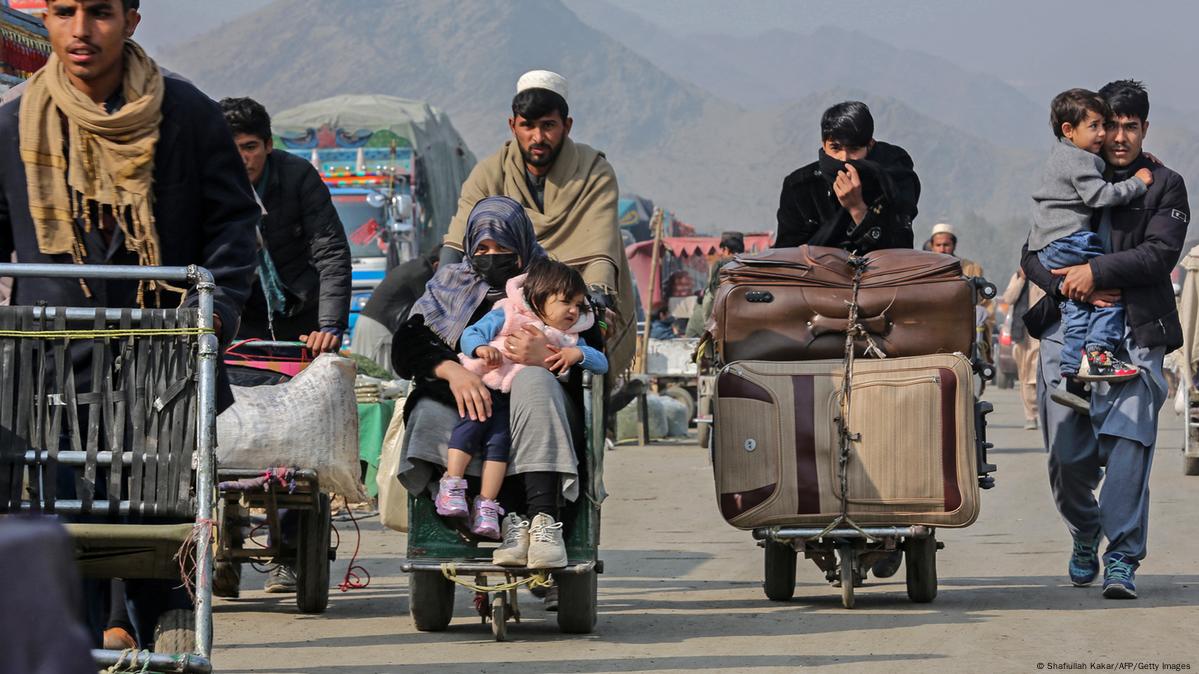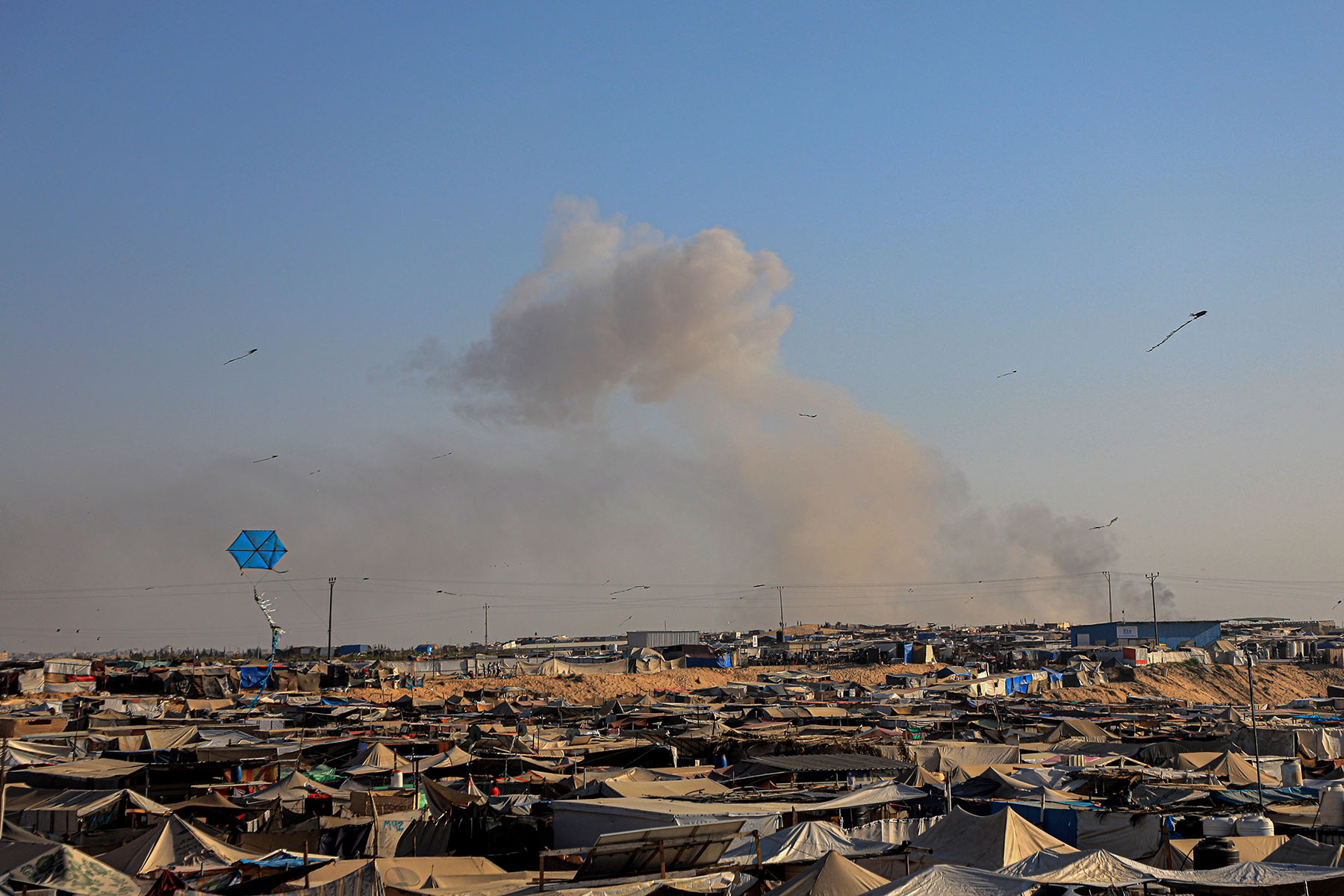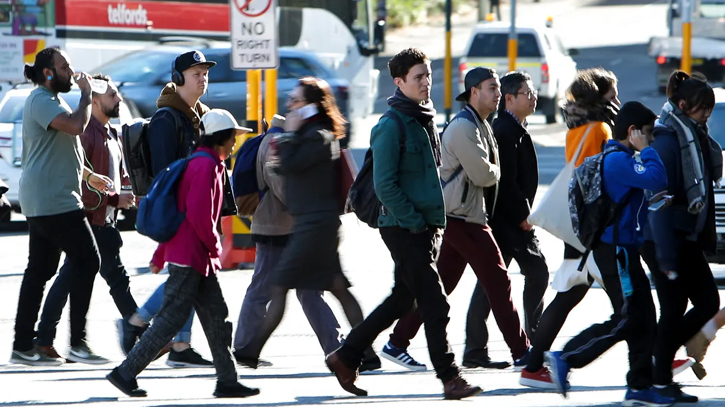California sizzles as temperatures rocket to dangerous highs in another heat wave

CALIFORNIA: JULY 12 – As temperatures soared to record-breaking triple digits all over California and parts of the western United States, the National Weather Service (NWS) issued “Excessive Heat Warnings” for the affected areas this weekend, warning residents to stay indoors, seek air-conditioned shelters, and drink plenty of fluids.
The extreme heat two weeks ago blazed through the Pacific Northwest, areas with homes typically built with no air-conditioning, and killed nearly 200 in Washington and Oregon states alone.
Now the heatwave is moving south and east, scorching California, Arizona, Nevada, Utah, Idaho, Montana, and parts of Oregon again.
The California heatwave began on Friday and has already set new record high temperatures over the weekend, including 120 degrees Fahrenheit (48.9 degrees Celsius) in Palm Springs and 130 degrees Fahrenheit (54.4 degrees Celsius) in the aptly named Death Valley — tied for the highest temperature recorded on Earth.
This is the fourth time this year that Palm Springs has suffered 120 degrees Fahrenheit heat, indicating a pattern of higher temperatures that researchers attribute to global warming.
Overnight lows have also been “impressive” with this heatwave, with lows “failing to drop below the lower 90s for portions of the Desert Southwest,” according to a statement from the NWS.
While daytime temperatures over 100 degrees Fahrenheit (37.8 degrees Celsius) are dangerous, unusual nighttime highs of 15 to 25 Fahrenheit degrees above average are compounding the danger, Sarah Rogowski, a meteorologist with NWS, told The New York Times.
“When you start getting those warm temperatures overnight combined with those high temperatures during the day, it really starts to build the effect,” Rogowski told the newspaper. “People aren’t able to cool off; it’s a lot harder to get relief.”
Climate researchers lay these record-breaking highs squarely at the door of climate change, which has tripled the number of heatwaves since 2000 and made them hotter, longer, and more deadly.
California’s energy authorities urged residents to avoid brownouts and power losses by conserving power to prevent these extreme weather conditions from increasingly stressing the state’s power grid. They cautioned that air conditioner thermostats should be kept at 78 degrees Fahrenheit (25.6 degrees Celsius) or higher from 4 p.m. to 9 p.m., due to increased wildfire threats.
The NWS anticipates some relief from the heat by Monday in some areas and Wednesday in others. Monsoonal showers and storms across portions of Arizona and New Mexico may also relieve the heat but could present an increased danger of wildfire.
A wildfire sparked by lightning in California on Friday has led to evacuations in Nevada and California, road closures, and the closure of portions of the Plumas National Forest. Another fire spreading fast through Southern Oregon also prompted evacuation orders.
In desert and mountain regions, low humidity of 10 percent to 15 percent and the seasonal gusty winds also elevate the fire risk.
California Governor Gavin Newsom in June declared a state of emergency due to the triple-digit heat waves, citing “extreme heat peril” and power grid concerns as energy demands due to air-conditioning spiked.
-XINHUA










